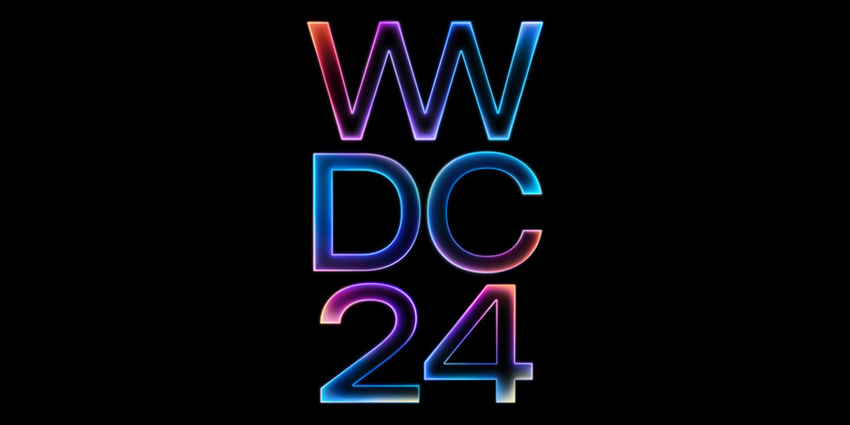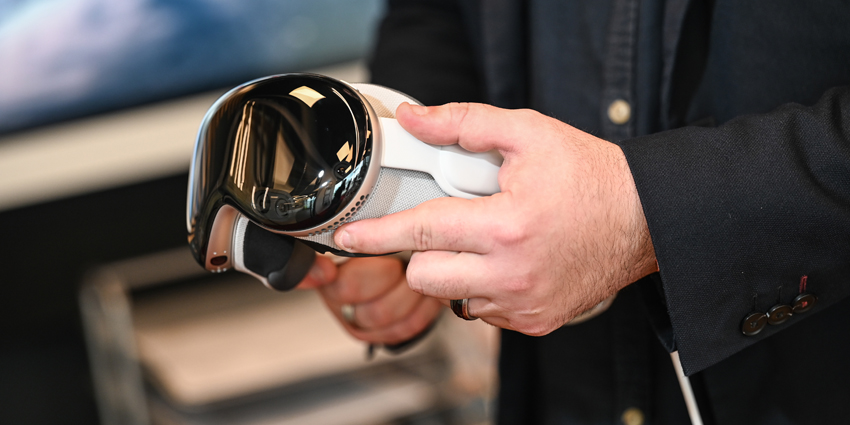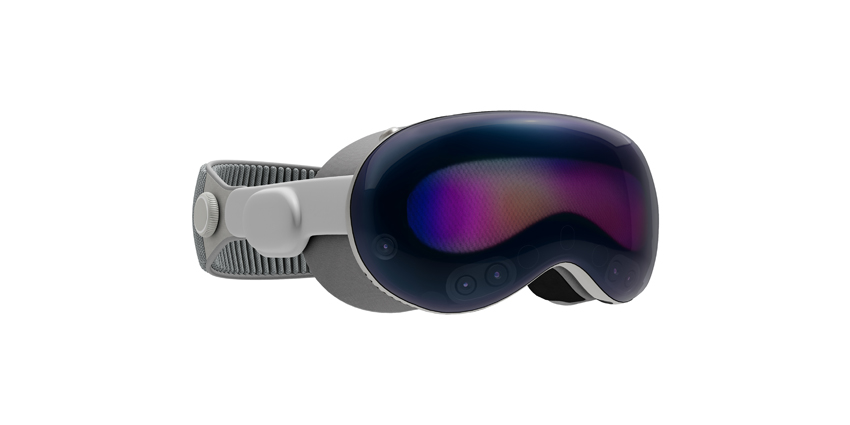The XR environment has opened doors to a brand new ecosystem of opportunities for today’s games developers. Through augmented, virtual, and mixed reality, creators can now connect with their audience on a new level, providing access to new worlds.
While the XR space provides a phenomenal opportunity for new entrants to the gaming world, it also allows existing developers to scale existing experiences into different environments. Aardman Animations, the company best-known for the creation of the iconic Wallace & Gromit cartoons, decided it was time to discover the AR space for themselves.
The animations company tasked a leading games development group, “Fictioneers”, with the challenge of bringing an iconic series into the digital world. The team planned and implemented two new AR apps, built for the mobile landscape, to bring Wallace and Gromit’s adventures directly into the homes of their fans. Let’s see how the Fictioneers leveraged the Unity environment to achieve incredible outcomes for Aardman Animations.
Exploring Software Opportunities for an AR World
Fictioneers, made up of three companies (Potato, Tiny Rebel Games, and Sugar Creative) accepted the task to transform Wallace and Gromit’s adventures into 2 separate AR adventures. When considering which software environment would enable an effective and rapid development process for multiple platforms, Fictioneers eventually turned to Unity.
Working with the AR Foundation, the team leveraged Unity’s dedicated Augmented Reality technology stack and artist tools to build AR experiences, designed to support the unique visual style of Wallace and Gromit. The company wanted to ensure the AR experiences were familiar to customers, and accessible to an audience of all ages.
The first app created “The Big Fix Up”, was based on a single codebase, intended to support both Android and iOS applications simultaneously. Unity’s technology acted as a valuable wrapper for combining the shared features of ARKit and ARCore. At the same time, it ensured the team could leverage platform-specific features, like “People Occlusion” on ARKit, without having to write platform-specific code.
The AR environment included probes for real-world reflections and light estimation, to empower realistic colouring and shadow experiences. The result was a solution capable of seamlessly blending physical and virtual assets, for an unforgettable gaming experience.
Embracing Unity’s Unique Toolkit
One of the most powerful tools available from Unity for Fictioneers’ challenge, was the MARS ecosystem. The advanced workflow technology allowed the group to create, iterate, and test various complex AI characters from inside the Unity Editor. The simulation view also formed the backbone of the “Fix up your space” feature in the game.
Using Unity, Fictioneers created an environment where players could dive into Wallace’s inventions, and experiment with key props from the story, as it delivered a sandbox-style interactive space. MARS made it easier to program logical conditions into the game content with just a couple of clicks, leveraging the layer of semantic understanding in the system.
Unity MARS saved the team endless hours of testing and prototyping, so they could more rapidly build a great experience for gamers.
Notably, Fictioneers encountered a host of challenges when it came to creating a wealth of immersive AR experiences for the Wallace and Gromit story. Perhaps the biggest test of all involved shifting a life-size experience into a tabletop environment and back again. The team decided to leverage the “Fantasmo” visual positioning system.
The system allowed the team to leverage dense point cloud data collected from scans of locations to reproduce detailed models of genuine play spaces. These scaled-down models were then leveraged to create a birds-eye view of the Bristol city, which users could bring into their homes with AR in the new game. The same models were also reused to build occlusion meshes for the second game “Fix Up the City”.
Creating Immersive Experiences for Users
The Fictioneers wanted to bring the charm and magic of the Wallace and Gromit stop-motion animation style into the gaming environments too. However, they also wanted to make sure they were striking a good balance between CG videos, and gameplay. The graphics pipelines and cinematic technology offered by Unity provided the flexibility the team needed.
Fictioneers leveraged a combination of the Unity Record, High Definition Render Pipeline, Timeline tools, and the “Cinemachine” to create cutscene sequences. The same animation workflow was utilised with the Universal Render Pipeline for in-game AR scenes. Leveraging the tools in this way meant the team could produce cinema-quality videos using the same animations and assets in place for the in-app AR gameplay.
The tool suites offered throughout the Unity Dashboard provided crucial components for the development of both game apps. Fictioneers embraced the DevOps suite to create a variety of automated builds targeting multiple platforms from test and production branches with the Cloud Build tool. This saved developers significant time with access to detailed reports and build status insights.
At the same time, the LiveOps suite Remote Config tool provided Fictioneers with a way to disable and enable attractions and deliver crucial information to users at the touch of a button. The management features of the tool also meant the team could control which user groups in certain locations received updates. This helped to manage crowd flow in public spaces with the apps.
Bringing AR to Existing Native Apps
Building on the potential of Unity as a comprehensive library, the team was able to export the Unity application they built as separate Android Gradle and iOS Xcode projects, then embed those solutions into existing native apps. This allowed for rapid validation and iteration of the story by separating the complex UI, traditional storytelling, and MR content development aspects of the task.
Using just one simple script, the team was even able to send and receive messages between their native app and Unity, allowing for rapid scene management and the ability to update high-scores, and manage in-app purchase opportunities. This ability to unload and load the Unity runtime programmatically meant the team could maximise the app’s accessibility and performance.







